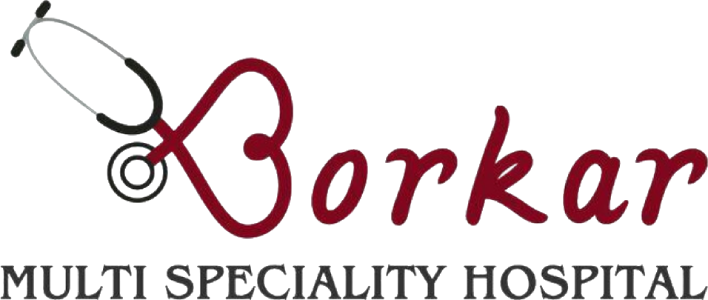OSTEOPOROSIS
Understanding Osteoporosis: Causes, Symptoms, and Treatment Options
Osteoporosis is a silent yet pervasive condition that weakens bones, making them fragile and more prone to fractures. It affects millions of people worldwide, particularly postmenopausal women and older adults. This blog delves into the causes, risk factors, symptoms, and treatment options for osteoporosis, aiming to raise awareness and provide guidance on prevention and management.
What is Osteoporosis?
Osteoporosis, meaning “porous bones,” is a condition characterized by decreased bone density and quality. Healthy bones have a honeycomb-like structure; in osteoporosis, the spaces within this structure become larger, weakening the bone and increasing the risk of fractures. Common fracture sites include the hip, wrist, and spine.
Causes of Osteoporosis
Bone is a living tissue that undergoes continuous remodeling—old bone is broken down, and new bone is formed. Osteoporosis occurs when bone loss outpaces bone formation. Several factors contribute to this imbalance:
1. Hormonal Changes
- In women, a decline in estrogen levels after menopause accelerates bone loss.
- In men, reduced testosterone levels can also affect bone density.
2. Aging
- Bone density peaks in the early 20s and gradually decreases with age.
3. Lifestyle Factors
- Poor diet, lack of physical activity, and smoking contribute to bone loss.
4. Medical Conditions and Medications
- Conditions like rheumatoid arthritis, celiac disease, or hyperthyroidism can affect bone health.
- Long-term use of corticosteroids can weaken bones.
Risk Factors for Osteoporosis
1. Non-Modifiable Risk Factors
- Age: Risk increases with age.
- Gender: Women are more prone to osteoporosis than men.
- Genetics: Family history of osteoporosis or fractures.
2. Modifiable Risk Factors
- Low calcium and vitamin D intake.
- Sedentary lifestyle.
- Excessive alcohol consumption and smoking.
- Being underweight or having a small body frame.
Symptoms of Osteoporosis
Osteoporosis is often called a “silent disease” because it progresses without noticeable symptoms until a fracture occurs. However, some signs to watch for include:
- Loss of height over time.
- A stooped posture.
- Back pain caused by fractured or collapsed vertebrae.
- Fragile bones that break easily, even from minor falls or injuries.
Diagnosing Osteoporosis
Early diagnosis is crucial for preventing fractures and managing the condition effectively. Common diagnostic tools include:
1. Bone Density Test (DEXA Scan)
- Measures bone mineral density (BMD) at the hip and spine.
2. Fracture Risk Assessment Tool (FRAX)
- Estimates the 10-year probability of fractures based on individual risk factors.
3. Blood and Urine Tests
- Assess calcium levels, vitamin D status, and markers of bone turnover.
Treatment Options for Osteoporosis
While osteoporosis cannot be cured, several treatment options can slow its progression, improve bone density, and reduce fracture risk.
1. Medications
- Bisphosphonates: Alendronate, risedronate, and other drugs that slow bone loss and improve bone strength.
- Denosumab: A monoclonal antibody that reduces bone resorption.
- Selective Estrogen Receptor Modulators (SERMs): Mimic estrogen’s protective effects on bone.
- Hormone Replacement Therapy (HRT): Used in postmenopausal women to maintain bone density.
- Anabolic Agents: Teriparatide and romosozumab stimulate bone formation.
2. Dietary Changes
- Increase calcium intake through dairy products, leafy greens, and fortified foods.
- Ensure adequate vitamin D through sunlight exposure and supplements.
- Consume protein-rich foods to support bone health.
3. Exercise
- Weight-bearing exercises (e.g., walking, jogging) and resistance training (e.g., weightlifting) strengthen bones.
- Balance and flexibility exercises reduce the risk of falls and fractures.
4. Lifestyle Modifications
- Quit smoking and limit alcohol consumption.
- Prevent falls by making the home environment safe (e.g., remove tripping hazards, install grab bars).
Preventing Osteoporosis
Prevention strategies should begin early in life to build strong bones and minimize bone loss later in life:
- Healthy Diet
- Adequate calcium and vitamin D intake.
- Include bone-supporting nutrients like magnesium, potassium, and vitamin K.
- Regular Exercise
- Engage in activities that promote bone strength and improve coordination.
- Avoid Smoking and Excessive Alcohol
- Smoking and heavy drinking accelerate bone loss.
- Regular Screenings
- Women aged 65 and older and men aged 70 and older should undergo bone density testing.
- Younger individuals with risk factors should also consider screening.
Living with Osteoporosis
Managing osteoporosis involves a combination of medical treatment and lifestyle adjustments. Here are some practical tips:
- Follow Your Treatment Plan
- Take prescribed medications as directed.
- Regularly consult with your healthcare provider to monitor progress.
- Stay Active
- Incorporate safe exercises into your daily routine.
- Adopt Fall-Prevention Measures
- Use assistive devices like canes or walkers if needed.
- Seek Support
- Join support groups or connect with others managing osteoporosis for encouragement and advice.
Advances in Osteoporosis Research
The field of osteoporosis treatment continues to evolve with promising developments:
- New Medications: Ongoing research aims to develop drugs that both prevent bone loss and stimulate bone formation.
- Gene Therapy: Potential future treatments targeting genetic factors associated with osteoporosis.
- Biomarkers: Advanced testing to identify individuals at high risk before significant bone loss occurs.
Conclusion
Osteoporosis is a common but preventable and manageable condition. By understanding its causes, symptoms, and treatment options, individuals can take proactive steps to protect their bone health. Early diagnosis, a nutrient-rich diet, regular exercise, and appropriate medical interventions can significantly reduce the risk of fractures and improve quality of life.
If you are at risk or suspect you have osteoporosis, consult a healthcare professional for personalized advice and treatment. Strong bones are the foundation of an active and independent life—take action today to ensure a healthier tomorrow.

